Could Ananda Lewis’s Passing Have Been Prevented?

For anyone who grew up on after-school MTV, Ananda Lewis was the VJ with the easy laugh and serious interviewing chops. She jumped from BET’s Teen Summit to hosting Total Request Live, Hot Zone, and, later, her self-titled daytime talk show. But on June 11, 2025, the beloved host, carpenter, and mom died at 52 after a long struggle with breast cancer. Her sister, Dr. Lakshmi Emory, shared the news, and suddenly, every outlet from TMZ to CNN spread it far and wide.
Lewis’s death was a gut-punch to millennials Gen Xers, who spent their formative years watching the ethereally beautiful host breeze through interviews while delivering essential news, after the Howard U alum first graced our screens in the music video for Shai’s “Baby I’m Yours.” But it also sparked a bigger question: Could her passing have been prevented?
Why Lewis chose an integrative path
Lewis first disclosed a Stage III breast cancer diagnosis in 2020, telling fans she’d skipped routine mammograms because of radiation worries. “I decided to keep my tumor and try to work it out of my body a different way,” she told CNN four years later.
In her Essence essay this past January, Lewis detailed her approach: high-dose vitamin C, cryoablation (freezing cancer cells), hyperbaric oxygen therapy, qigong, energy work—and even fractionated, low-dose chemo she felt was less harsh on her body. For a time, the plan worked. Scans showed the tumor shrinking. But COVID lockdowns stalled her treatments, her insurance lapsed, and by late 2023, the cancer had metastasized to Stage IV.
Nothing about this story is simple. Lewis wasn’t reckless; she researched, consulted specialists, and—when she could—blended conventional meds with complementary care. Unfortunately, piecemeal access and pandemic disruptions created gaps at the very moment her body needed consistency.
When wellness becomes complicated
Lewis’s story is playing out against the backdrop of a booming wellness industry that often positions itself in opposition to conventional medicine. Wellness companies and influencers have built massive audiences by promoting everything from functional medicine to bio-hacking. These platforms can inspire genuinely healthy habits, but they come with disclaimers for a reason. Every podcast host reminds listeners that their content is “for informational purposes only.”
The problem isn’t that integrative approaches are inherently dangerous—many aren’t. It’s that the line between helpful and harmful isn’t always clear, especially when you’re scared and searching for answers on the internet.
“Doing your own research” involves reading peer-reviewed medical journals and consulting with qualified specialists. It’s only useful if you know how to evaluate sources. PubMed studies aren’t the same as testimonials on Facebook. A functional medicine doctor with legitimate credentials operates differently than someone selling supplements on Instagram.
Lewis’s story doesn’t have a simple moral. Earlier mammograms might have caught the tumor sooner. Continuous care, without pandemic shutdowns or insurance gaps, could have kept it from spreading. Yet, oncologists also see patients who follow every textbook protocol and still face metastasis. Earlier detection might have changed everything—or it might not have.
But there are lessons here. Regular screening matters, even if mammograms feel scary. (Lewis herself later urged women not to skip them.) Having a medical team that includes both conventional and integrative practitioners can keep more options open. And if you’re going to pursue expensive alternative treatments, having a financial safety net matters—insurance gaps at crucial moments can be devastating.
The bigger lesson may be about balance. You can drink your turmeric latte and still do chemotherapy. You can prioritize quality of life and still take advantage of treatments that extend it. The either-or framing that dominates so much wellness culture is a false choice.
How to balance options and protect yourself
What does that look like in practice?
- Screen on schedule. Mammograms (or, for very dense breast tissue, ultrasound/MRI) remain gold-standard detection tools.
- Ask about hybrid plans. Fractionated or insulin-potentiated chemotherapy, which Lewis tried, is an example of a conventional-meets-alternative strategy that some integrative centers offer.
- Plan for the “what-ifs.” Job changes, pandemics, or cross-country moves can limit access to treatment. Keep a financial and logistical back-up plan in a Notes app or folder.
- Stay curious—but stay skeptical. If a remedy promises 100 percent success with zero side effects, that’s marketing, not medicine.
Could Ananda Lewis’ death have been prevented?
Lewis spent her career helping people tell their stories authentically. In her final months, she did the same for herself, writing honestly about her choices and their consequences. She wasn’t trying to be anyone’s cautionary tale or inspiration—she was just trying to make sense of an impossible situation. Lewis herself wrote, “Sometimes people end up here whether they do conventional [treatment] or not.”
What her journey does prove is that prevention and timely action matter. It also proves that “alternative” doesn’t have to mean anti-medicine. The sweet spot is usually somewhere in between: nourishing body and soul while using evidence-based treatments shown to extend life.
Ananda Lewis taught a generation to speak boldly, and the best way to honor that honesty is to approach our own health decisions with the same thoughtfulness: informed by not paralyzed, hopeful but not naive, and always willing to ask the hard questions—even when we’re not sure we want to hear the answers.




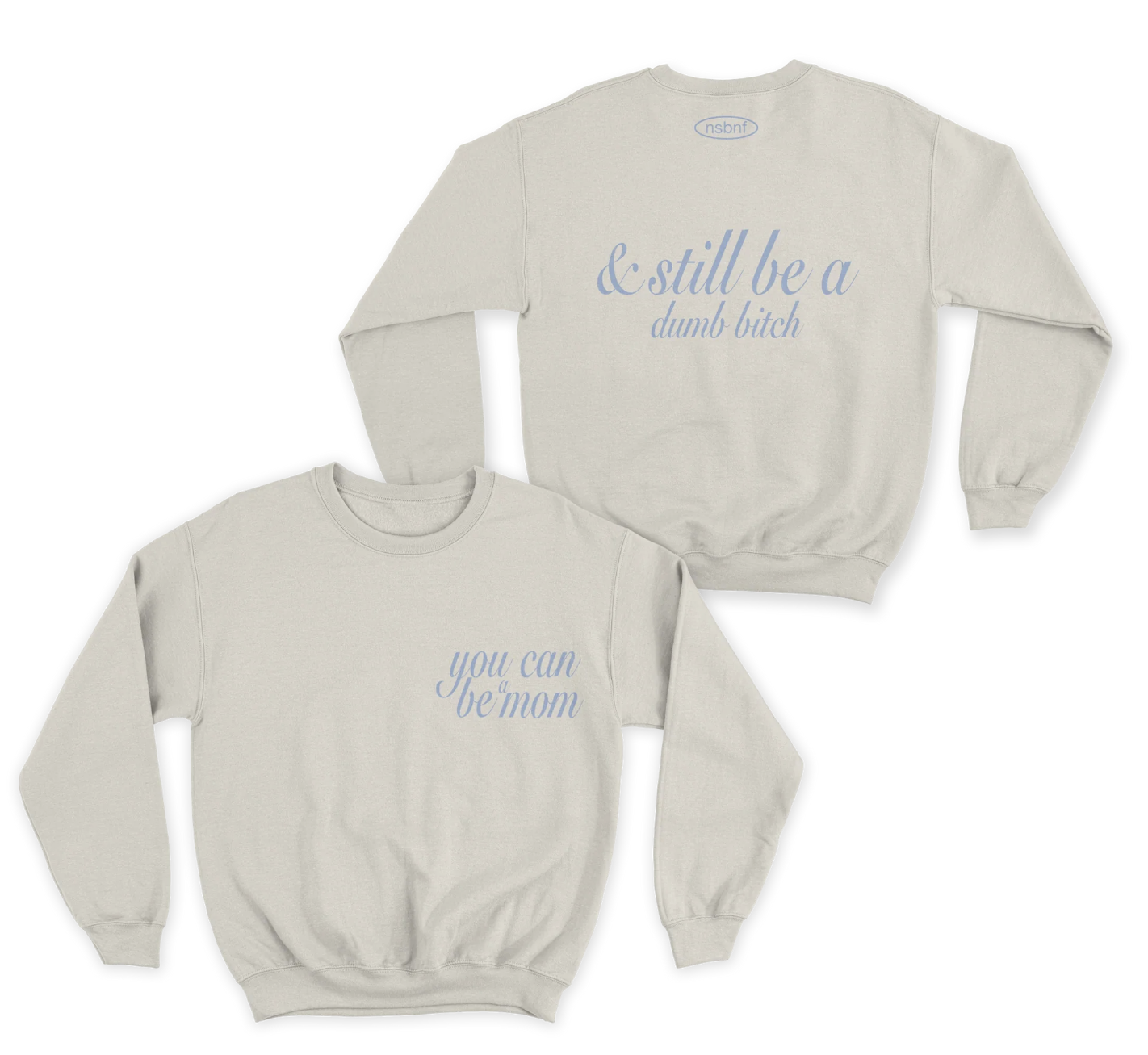

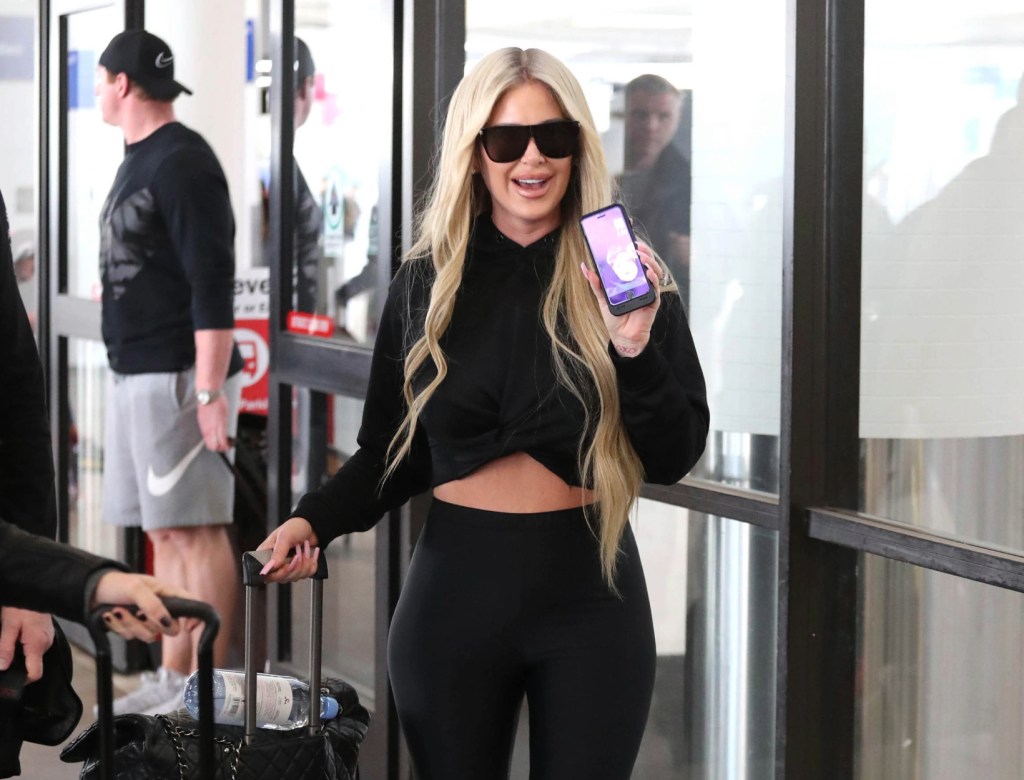


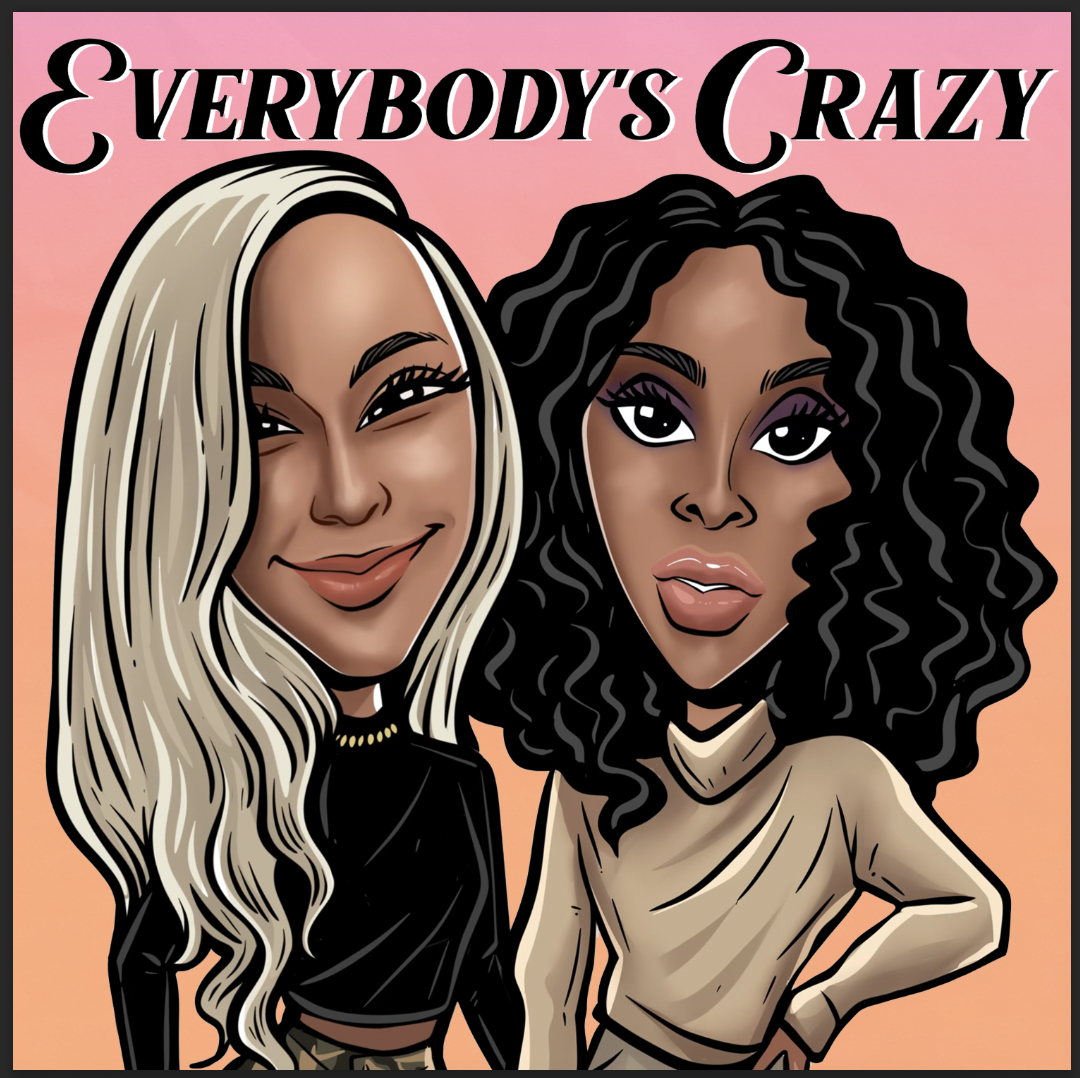
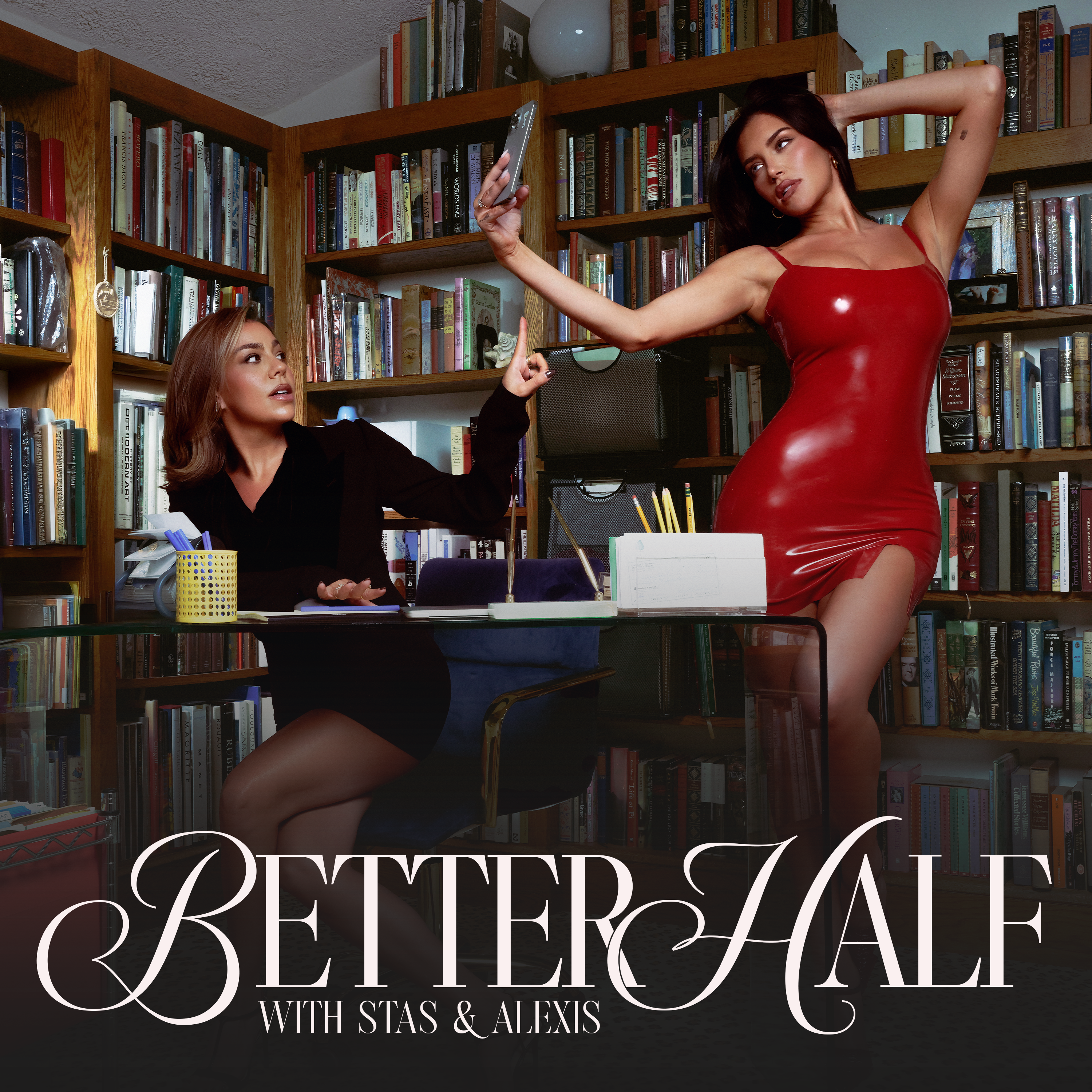






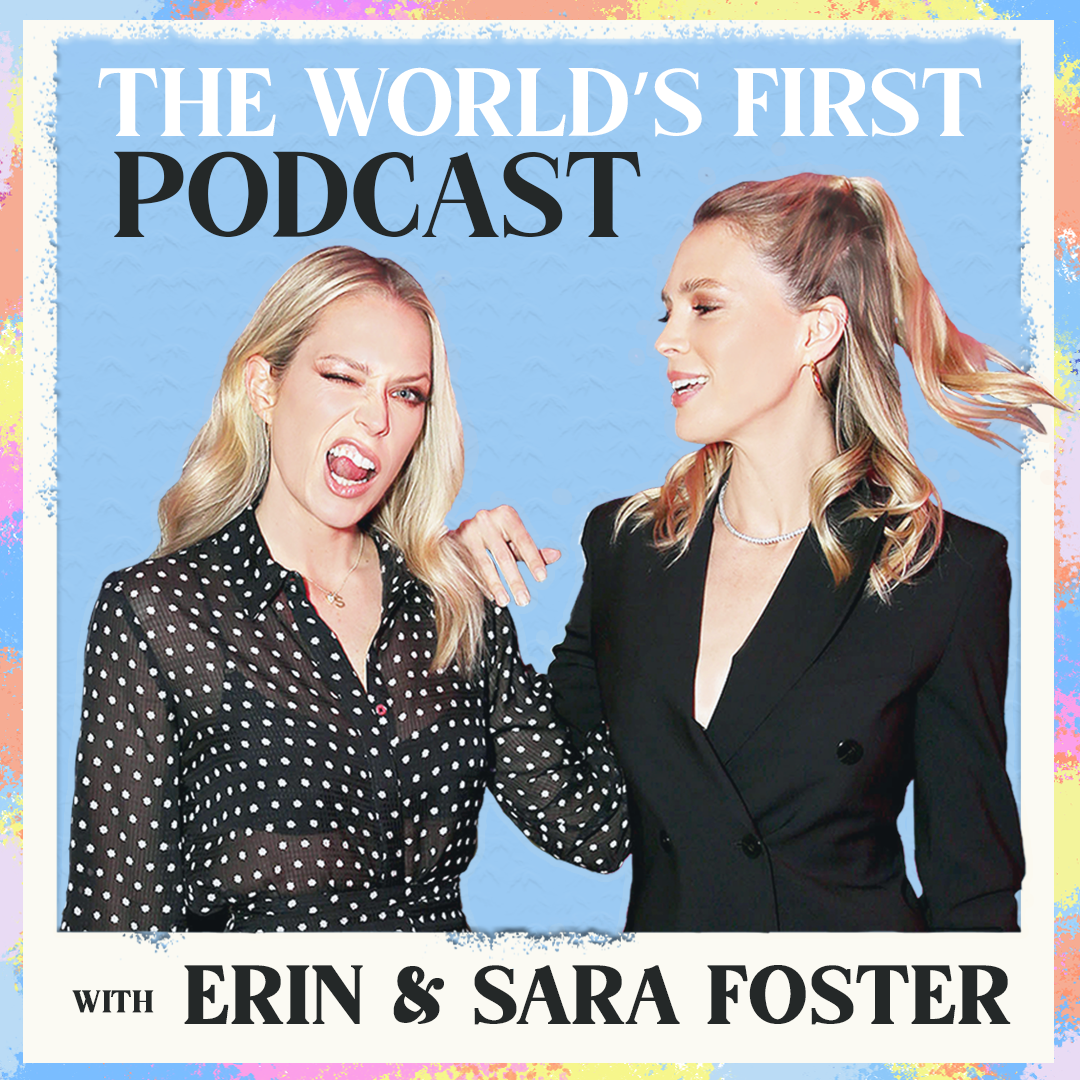

Leave a Reply